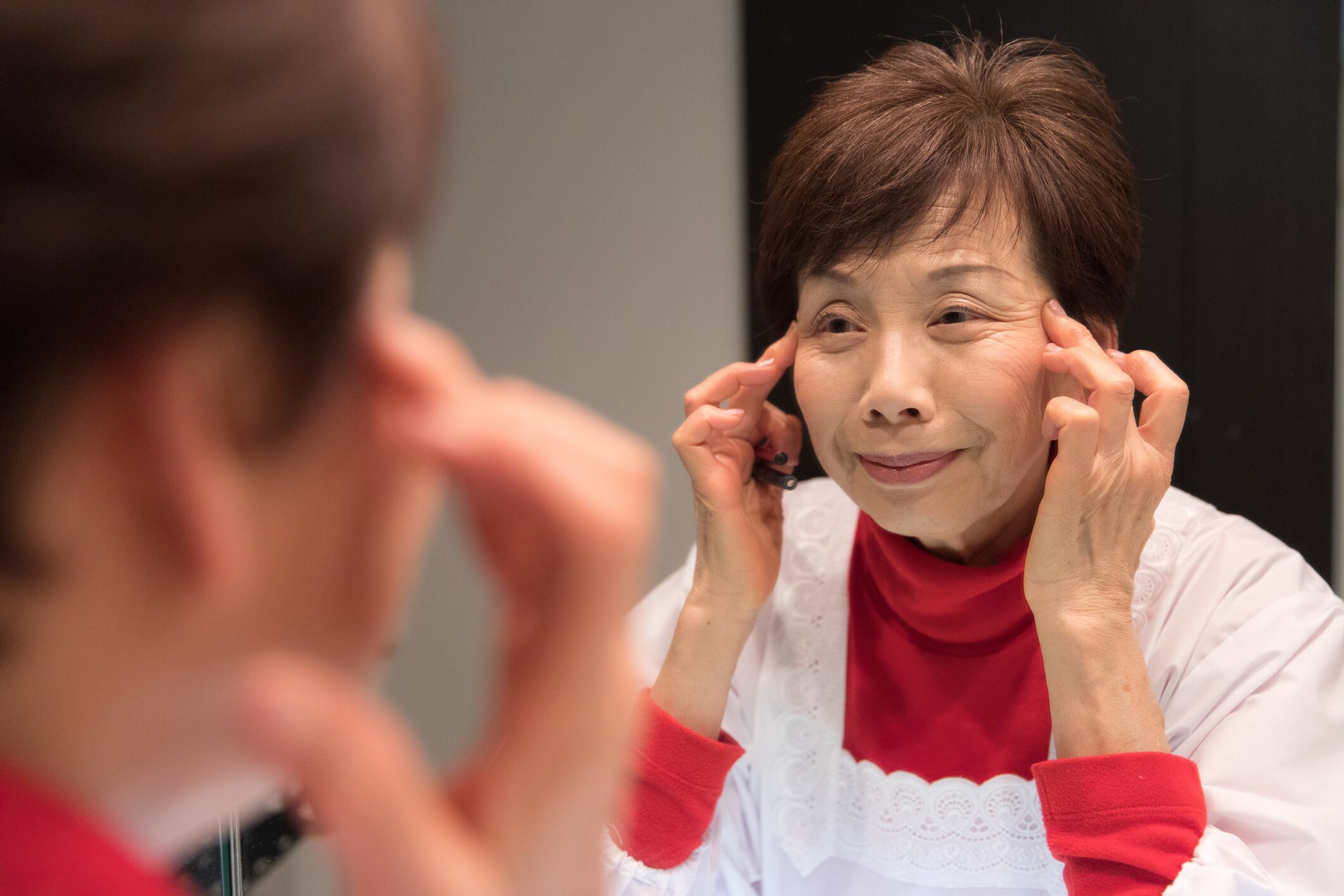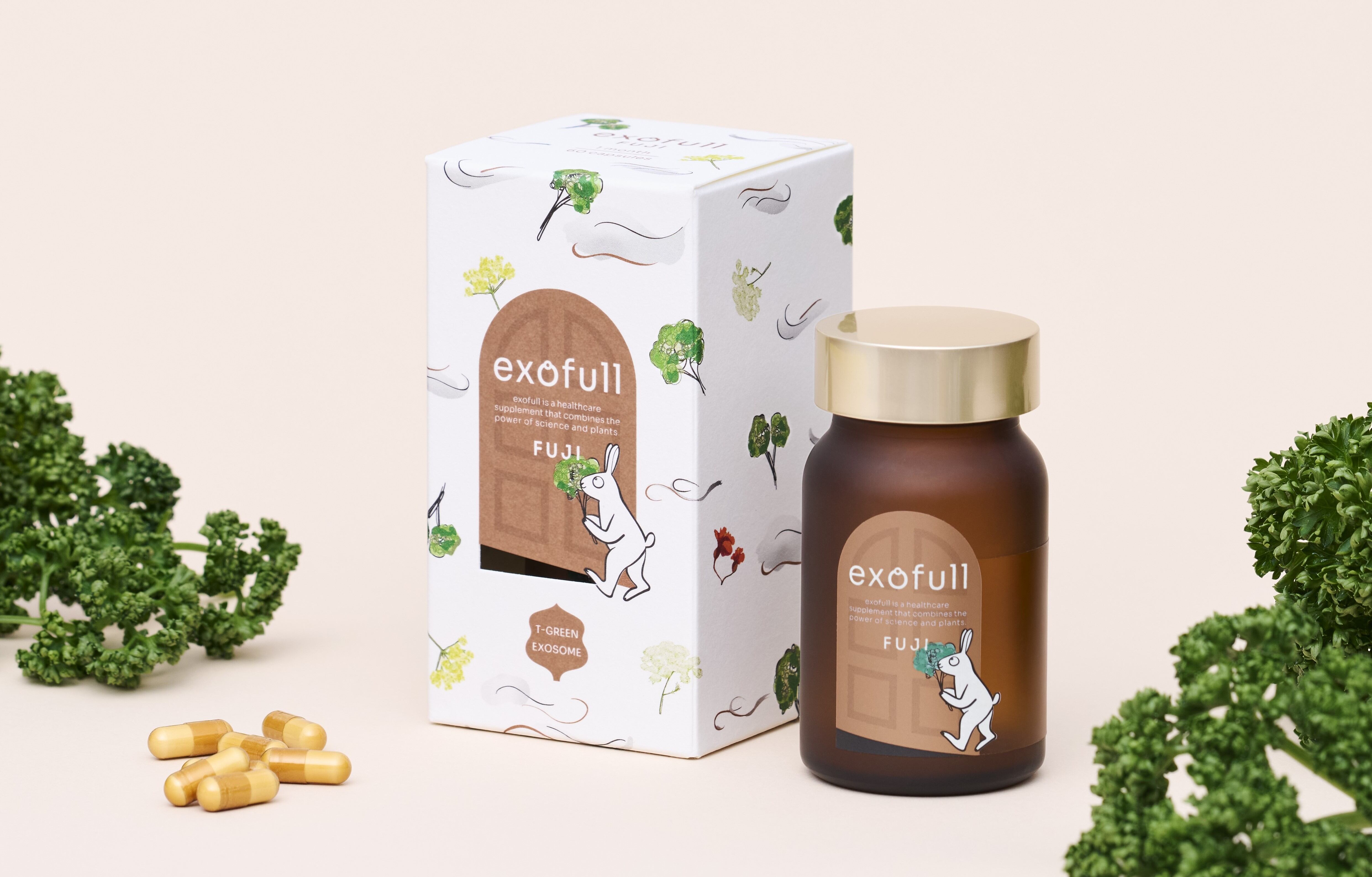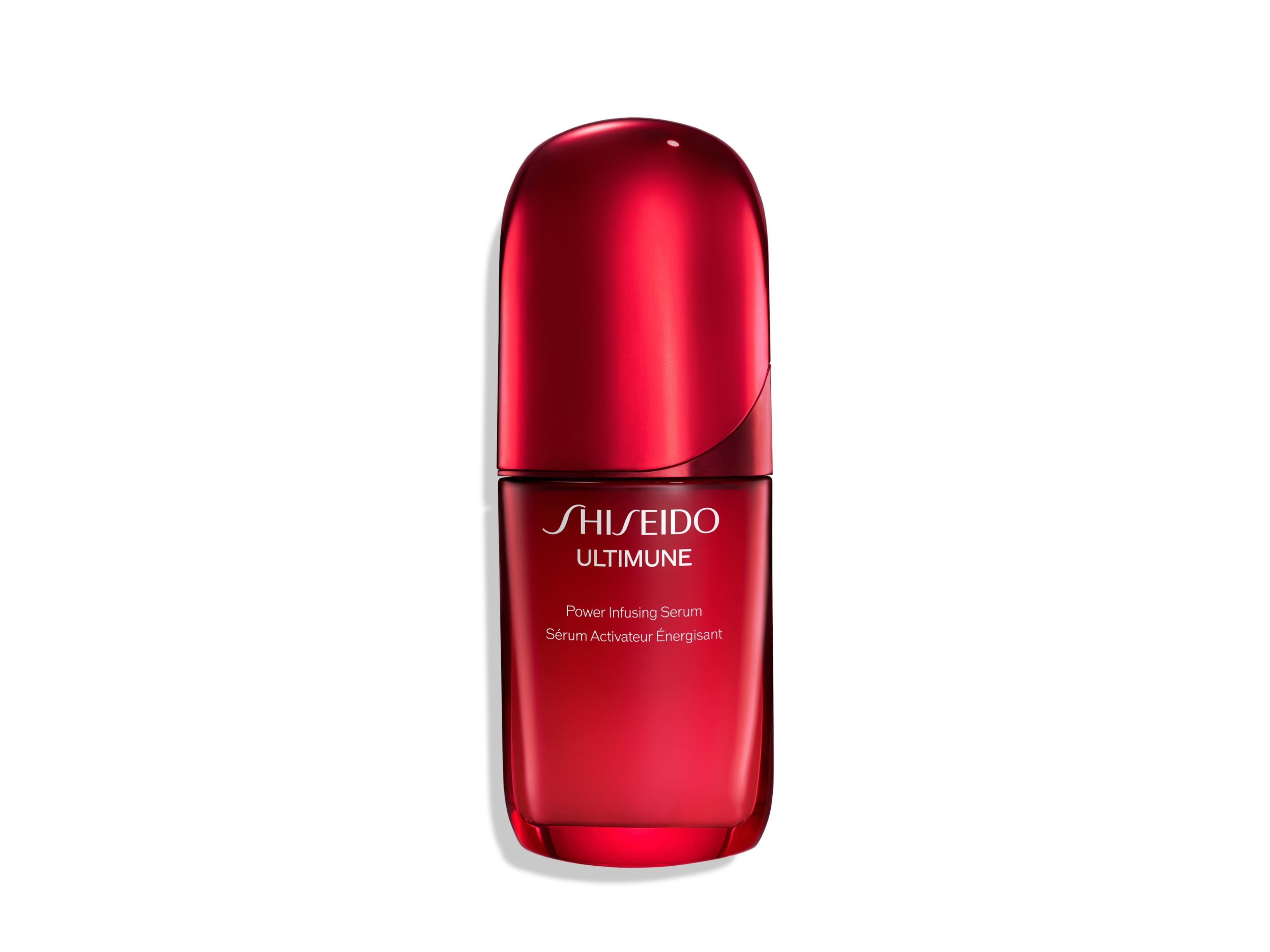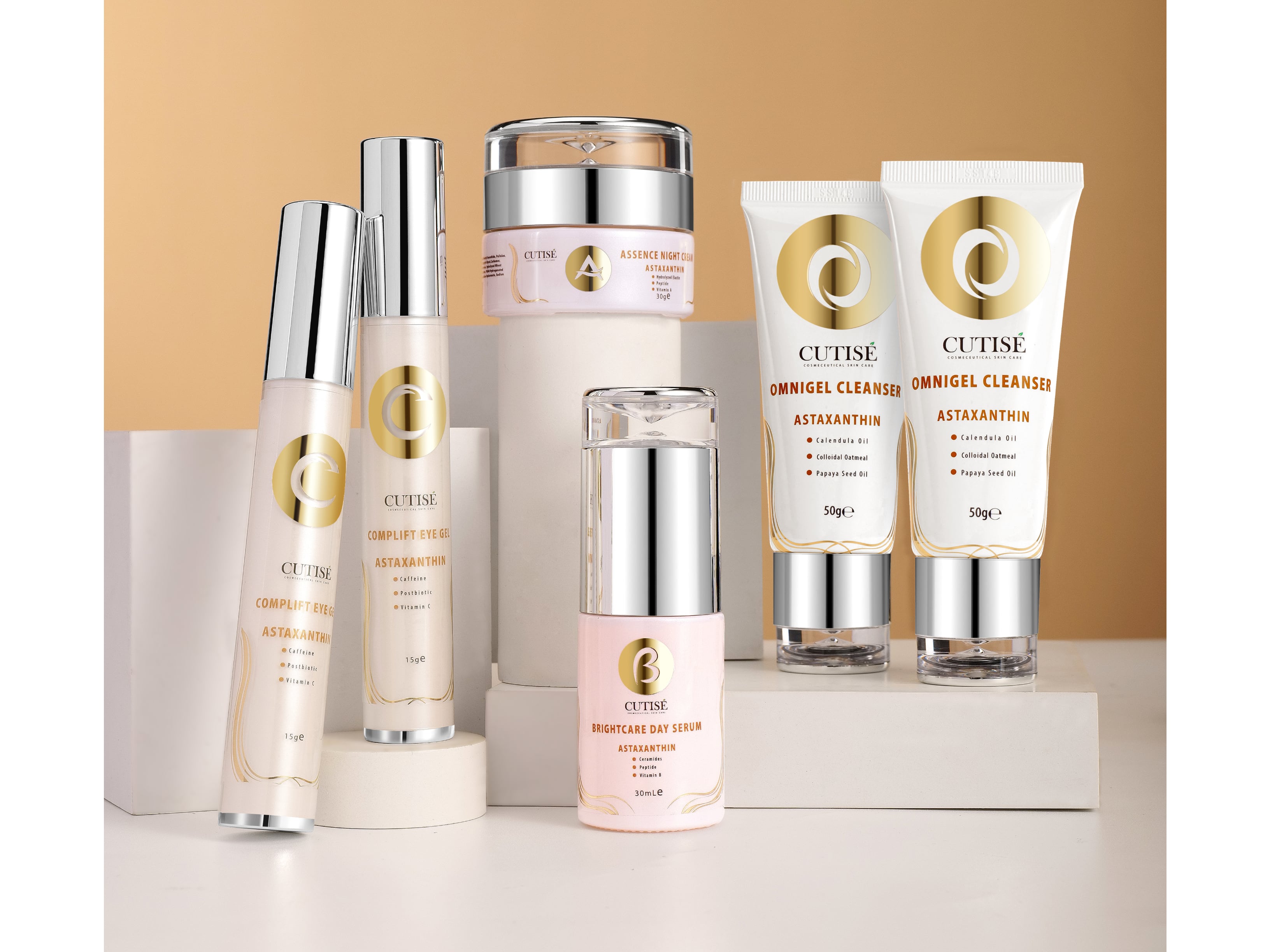AOH is one of three naturally occurring compounds — along with 2-azahypoxanthine (AHX) and imidazole-4-carboxamide (ICA) — known collectively as “fairy chemicals”.
Researchers from Mitsubishi Corporation Life Sciences and Shizuoka University conducted a 12-week trial involving 23 women aged 32 to 58. Participants applied lotions containing either 0.01% or 0.05% AOH on different sides of their faces twice a day.
Subsequently, the study showed that AOH improved stratum corneum water content and significantly reduced wrinkle depth and area over time, especially at the higher dose.
As the first human trial to show a concentration-dependent reduction in wrinkles, the trial verified AOH’s skin benefits in a real-world setting.
A fairy-tale origin with real-world applications
AOH, AHX and ICA were first identified as the agents responsible for the mysterious growth rings of mushrooms and turfgrass, sometimes referred to as fairy rings.
AOH occurs naturally in crops like rice, wheat, and potatoes.
Among the three fairy chemicals, AOH stood out for its ability to influence human skin cells without harming them. This came after previous lab studies had already shown that AOH upregulated genes that supported skin barrier function.
Earlier research using human keratinocytes (the main cells in the outer layer of the skin) had found that AOH boosted gene expression for hyaluronic acid synthase 3 (HAS3) — a key enzyme responsible for producing hyaluronic acid, the molecule that helps retain moisture in the skin.
Targeting dry, ageing skin
The study recruited healthy Japanese women concerned about fine lines and dry skin around the eyes. Researchers selected participants based on their high trans-epidermal water loss (TEWL), an indicator of impaired skin barrier function.
For 12 weeks, each participant applied 0.01% AOH lotion on one half of their face and 0.05% AOH on the other half twice daily. Skin hydration and wrinkles were measured at baseline and after four, eight, and 12 weeks, using a Corneometer for moisture levels and replica imaging to assess wrinkles.
Prior to the trial, the researchers tested both formulas for skin irritation and found them to be safe. During and after the trial, no adverse effects were reported.
More hydration, fewer wrinkles
The study reported that the 0.05% AOH lotion in particular resulted in higher moisture levels and wrinkle reduction. Water content in the outer skin layer increased by 7.3% after eight weeks and 9.4% at after 12 weeks.
The lower-dose lotion (0.01%) also showed a slight upward trend but without statistical significance.
Wrinkle area and depth also decreased over time, with a clear concentration-response effect. After 12 weeks, the 0.01% AOH side showed a significant reduction in wrinkle area percentage and maximum depth.
The 0.05% AOH side, however, showed an even greater reduction in both metrics, with statistically significant results starting as early as four weeks into the study.
In fact, the 0.05% formulation reduced maximum wrinkle depth by 14µm, 24µm, and 36µm after four, eight and 12 weeks, respectively — nearly three times more than the 0.01% side.
Mechanism of action: Supporting skin barrier
The authors pointed to two main mechanisms behind AOH’s effects — boosting hyaluronic acid and improving tight junctions.
AOH appeared to increase production of hyaluronic acid, which helped keep the skin plump and reduced the appearance of wrinkles.
It was also found to stimulates genes that reinforced tight junctions — cell-to-cell structures that prevent water from escaping through the skin. These junctions typically degrade with age and UV exposure.
Broader testing and commercial rollout
Although the study was limited to Japanese women with dry skin, the authors believed the results could be generalised, as skin biology does not change dramatically across ethnic groups in terms of hydration and wrinkle formation.
Larger studies with more diverse participants and longer follow-up are planned, with additional concentrations and formulations — serums, creams, and hybrid products for day and night use — to be tested.
Mitsubishi Corporation Life Sciences, which co-funded the study, has not yet announced commercial launch plans but confirmed it is exploring partnerships with skin care brands and ingredient suppliers.
The researchers concluded: “In this study, a long-term continuous-use study was conducted using 0.01% and 0.05% AOH lotion to verify the concentration-dependent effect of AOH on wrinkle improvement. The results showed that water content increased in a concentration-dependent manner, and the wrinkle area ratio, maximum wrinkle depth, and mean maximum wrinkle depth improved.
“Considering that no adverse reactions or events were observed in this study, we concluded that AOH is a safe cosmetic ingredient with the potential to reduce the appearance of fine lines and wrinkles caused by dryness of the skin.”
Source: Cosmetics
“Improvement in Wrinkles by a Fairy Chemical, 2-Aza-8-oxohypoxanthine”
https://doi.org/10.3390/cosmetics12030114
Authors: Hisae Aoshima, et al.




